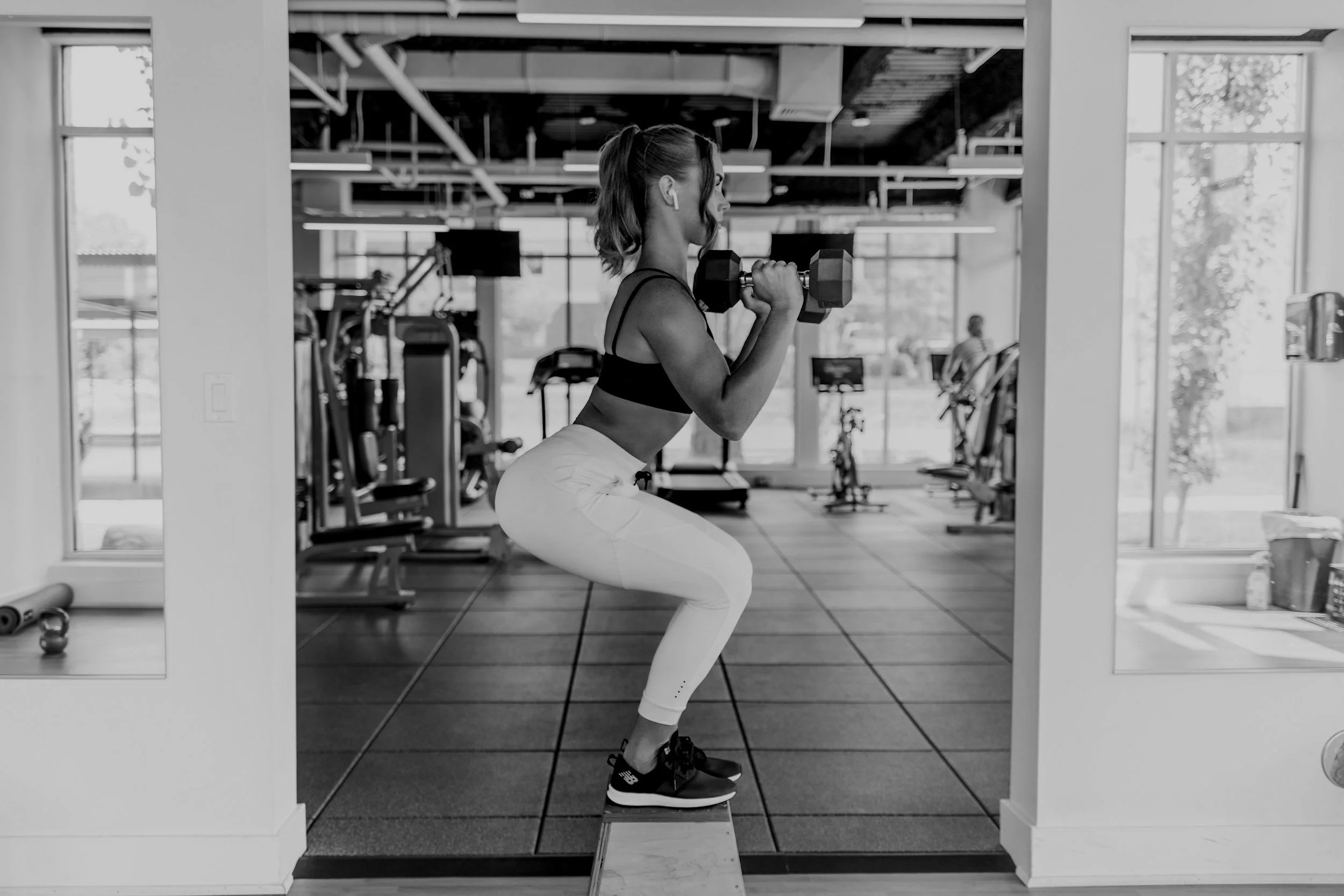Imagine you’re at the gym hitting a heavy leg day and you experience some discomfort in your knee as you hit the bottom of a challenging back squat. How do you know if the pain is just that, pain, or if it’s a sign that an injury has occurred?
If you’re unsure, you’re not alone. Many people get confused when it comes to knowing the difference between pain and injury. It’s important to understand that these two words are not interchangeable. Just because something is painful, does not mean it is creating physical damage or injury.
Pain vs. Injury
Pain is an “unpleasant sensory or emotional experience.” According to the definition of pain, there is no mention of physical damage. Pain can be an alert that you are approaching capacity. It’s your body’s built-in mechanism created to alert us when something needs to change or is changing, and it is an entirely normal (and important) sensation to feel!
Injury is when the stimulus applied exceeds the body’s capacity to handle that stimulus resulting in actual tissue damage - and this must be treated a little differently.
When does pain become abnormal?
When pain turns chronic, there is an overall effect on how the body responds to pain. The body will start adapting to avoid the pain stimulus. Over time, this built in alarm system can become hypersensitive to pain. Normal stimuli that typically are not painful can become painful, and that threshold for the alarm to go off becomes lower. Over time, there may not be any physical injury or acute tissue damage, but movements can still be painful.
Pain is also multifaceted and highly personal/individual to each person. People can have pain far after tissue healing has occurred. There is also research that shows other factors can influence sensitivity to pain including stress, alcohol, diet, sleep, and/or past experiences.
How rehabilitation can help
The goal of chronic pain rehabilitation is to assist in reducing hypersensitive pain responses so you can return to your normal movement patterns. Most of the time during rehabilitation, the process is not 100% pain-free. In order to make tissue changes, we have to work closely to our pain threshold. This can sometimes mean the interventions can be mildly uncomfortable, but again, that does not mean you are creating tissue damage. Instead, you are creating tissue changes and, ultimately, making progress towards a more pain-free life!
If you’re experiencing pain and you’re unsure of your next step, we’re here to help. At Outlive, we offer a free consultation with one of our experienced physical therapists where you can chat one-on-one about your pain, limited mobility, injuries, etc. Schedule your free consult today!

